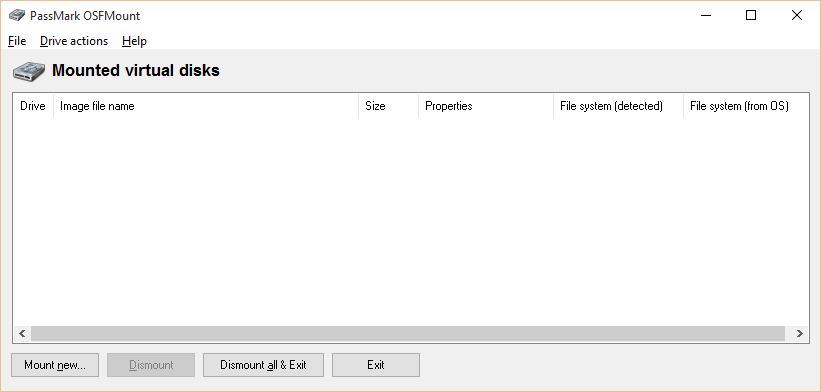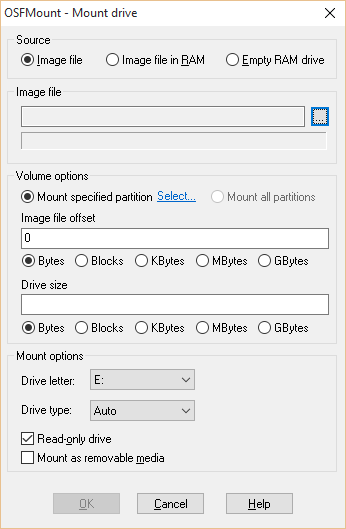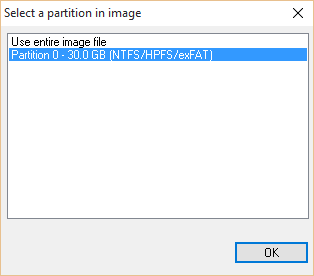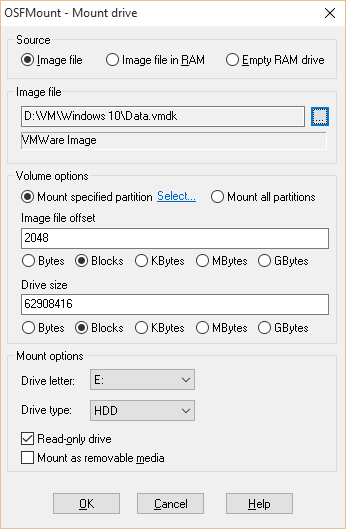Mounting a VMWare disk in Windows
As of late I’ve started using the VMWare products for virtualizing my development environments again as a replacement for Hyper-V.
Today I wanted to access some files of my virtual machine on the host in order to write a blog post on some code I had saved in there. The VMWare disk files are stored as a VMDK file and it’s not possible to mount these type of files in Windows like a VHD file.
In order to mount a VMDK file you’ll need some third party software. Most people tell you to download the VMWare Disk Mount Utility (note the date: 2005-11-29). This probably was a valid solution back in the day, but it appears this software isn’t compatible with the recent versions of the Microsoft Windows operating system.
When installing the VMWare Disk Mount Utility I’m receiving the following event when checking out the event viewer:
Windows Installer installed the product. Product Name: VMware DiskMount Utility. Product Version: 1.00.0000. Product Language: 1033. Manufacturer: VMware, Inc.. Installation success or error status: 1603.
While troubleshooting this error you’ll probably stumble across the following KB article which tells you to set the appropriate security permissions on the Program Files folder. I’ve tried setting these permissions for both the SYSTEM account as the Administrators group, but to no avail. So I think it’s safe to assume this software doesn’t work properly anymore.
I did find some other piece of software from PassMark, called OSFMount. This piece of software installed like a charm and it’s capable of mounting VMDK files also.
When staring up the application you’ll see a very self explanatory screen.

Just push the Mount new button and you’ll be prompted to select the appropriate image file.

After selecting the VMDK file I did have to explicitly select the partition which I was in need for. When I selected the option Use entire image file Windows notified me it wasn’t able to do something with the new disk and I should format it.

Once selected all data on the earlier screen will get updated appropriately and you’ll be ready to use the newly mounted disk.

In my case the mounted disk is automatically added to the Windows Explorer list of disks.

It’s too bad the OSFMount software isn’t high on the search index yet. Hope this post will help a bit.
